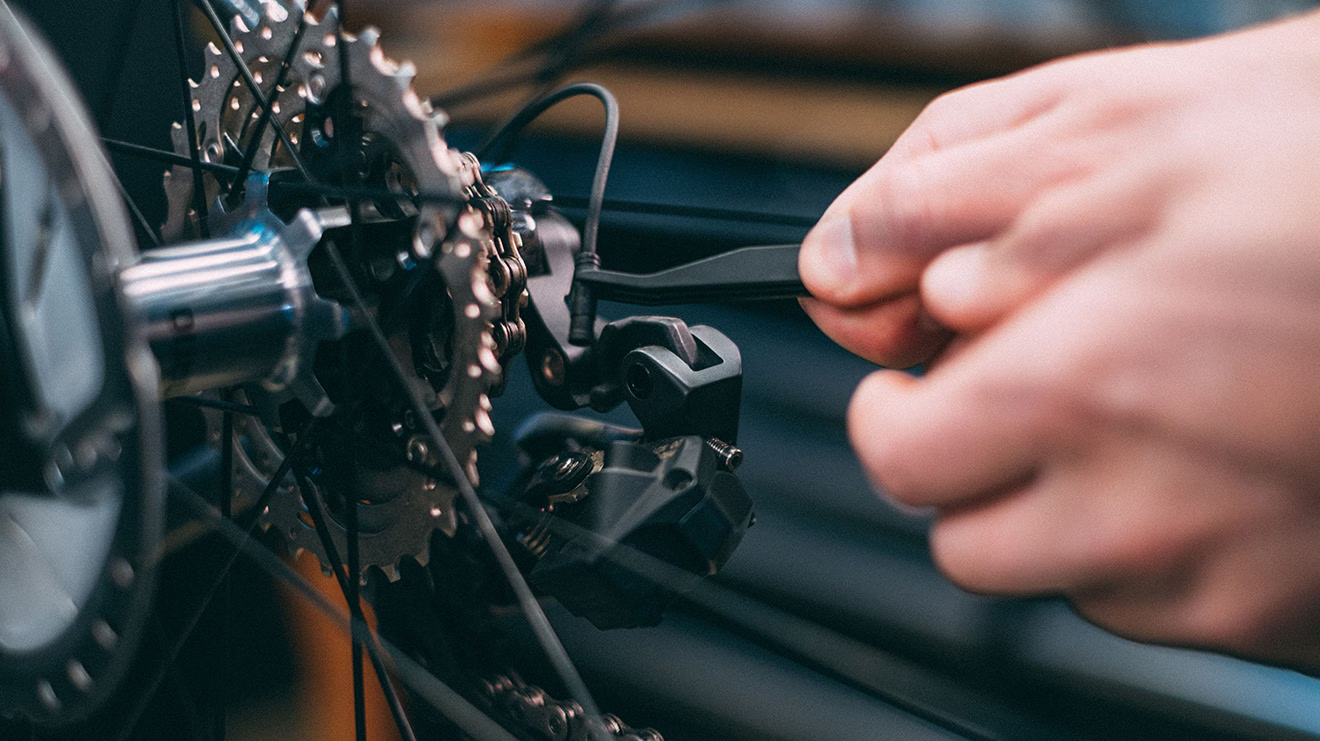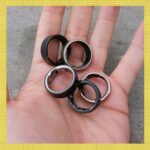After months of winter storage, your bicycle is eager to hit the road again. But before you clip in and ride off into the spring sunshine, a thorough tune-up will ensure your bike performs safely and smoothly throughout the cycling season. Whether you’re a weekend warrior or daily commuter, this comprehensive checklist will help you get your two-wheeled companion back in peak condition.
Start with a Visual Inspection
Begin your spring tune-up by giving your bike a complete once-over. Look for any obvious signs of damage, rust, or wear that may have developed during storage. Check the frame for cracks, dents, or paint chips that could indicate structural issues. Inspect cables for fraying, kinks, or corrosion, and examine the chain for rust or stiff links. This initial assessment will help you prioritize which components need immediate attention.
Clean and Degrease
A clean bike is a happy bike. Start by wiping down the entire frame with a damp cloth, paying special attention to areas where dirt and grime tend to accumulate. Remove the wheels to access hard-to-reach spots around the bottom bracket and rear dropout. Clean the chain thoroughly with a degreaser, working through each link to remove built-up lubricant and debris. Don’t forget to clean the cassette, chainrings, and derailleur pulleys, as these components directly affect shifting performance.
Inspect and Inflate Tires
Tires are your bike’s connection to the road, making them critical for both performance and safety. Check for cuts, embedded debris, or excessive wear on the tread and sidewalls. Look for any cracks or dry rot that may have developed during storage. Inspect the tire pressure using a reliable gauge and inflate to the recommended PSI marked on the tire sidewall. Remember that temperature changes can affect tire pressure, so check this regularly as the weather warms up.
Test the Brakes
Reliable braking power is non-negotiable for safe cycling. Squeeze both brake levers to ensure they engage smoothly and don’t pull all the way to the handlebars. Check brake pad wear by examining the grooves or wear indicators. If the pads look thin or glazed, replace them before your first ride. For rim brakes, ensure the pads align properly with the rim surface and don’t rub against the tire. Disc brake users should check for rotor warping by spinning the wheels and listening for rubbing sounds.
Adjust Shifting and Drivetrain
Smooth shifting makes cycling more enjoyable and efficient. Test your gears by running through the entire range while the bike is in a repair stand or flipped upside down. Listen for grinding, skipping, or hesitation that could indicate cable tension issues or derailleur misalignment. If shifts feel sluggish, your cables may need lubrication or replacement. Check that the chain runs straight in each gear combination and doesn’t rub against the front derailleur cage.
Lubricate Moving Parts
Proper lubrication reduces friction and extends component life. Apply fresh chain lubricant to each link, then wipe away excess to prevent dirt attraction. Lubricate derailleur pivot points, brake lever pivots, and any other moving parts according to your bike’s specifications. Don’t over-lubricate, as excess oil attracts dirt and can actually harm performance.
Check Wheels and Hubs
Spin each wheel and watch for wobbles or hops that indicate the need for truing. Listen for grinding or rough sounds from the hubs that might suggest bearing issues. Check spoke tension by gently squeezing parallel spokes together. If any spokes feel significantly looser than others, consider having your wheels professionally trued. Ensure quick-release levers or thru-axles are properly tightened and secure.
Verify Fit and Comfort
After months away from the saddle, double-check that your bike fit still feels comfortable. Verify that your seat height, handlebar position, and reach haven’t shifted during storage. Make any necessary adjustments before your first long ride to prevent discomfort or injury. This is also a good time to replace worn handlebar tape or grips.
Safety Equipment Check
Don’t overlook the accessories that keep you safe and legal on the road. Test your lights to ensure batteries are charged and bulbs are working. Check that your bell or horn operates properly, and verify that reflectors are clean and securely mounted. If you use clipless pedals, ensure the cleats on your shoes aren’t excessively worn and still engage and release properly.
When to Seek Professional Help
While many tune-up tasks are DIY-friendly, some jobs require specialized tools and expertise. Consider taking your bike to a professional mechanic if you discover cracked frames, need brake bleeding, require wheel building, or aren’t confident in your ability to properly adjust complex systems. A professional tune-up typically costs between $75-150 but can prevent costly repairs and ensure optimal performance.
Establish a Maintenance Schedule
Prevention is always better than emergency repairs. Once your bike is road-ready, establish a regular maintenance routine. Clean and lubricate your chain every 100-200 miles, check tire pressure weekly, and perform a quick safety check before each ride. Keep a simple maintenance log to track when you last performed major services like brake pad replacement or cable changes.
Spring bike preparation sets the tone for an entire season of safe, enjoyable cycling. Taking the time to properly inspect, clean, and adjust your bike now will pay dividends in reliability and performance throughout the warmer months. Remember that a well-maintained bicycle not only rides better but also lasts longer, making your investment in regular upkeep worthwhile. Whether you’re planning century rides or short commutes, starting the season with a properly tuned bike ensures you’ll spend more time riding and less time dealing with preventable mechanical issues.


